Ever contemplated the remarkable potential hidden in upcycling? This burgeoning trend goes beyond typical recycling, thrashing the old saying, “One man’s trash is another man’s treasure,” to new heights. Upcycling inspires us all to see the potential in everyday items, transforming them into unique, purposeful, and valuable products. It’s not just about getting crafty, though there’s certainly room for that. It’s about adopting an innovative mindset that marries environmental responsibility with creative expression.
So what’s the story of upcycling? How can this practice make a difference in a world overwhelmed by waste? This article aims to inspire you to partake in a greener lifestyle, offering practical and innovative step-by-step guides on how to turn old, forgotten items into treasures whilst reducing waste. It’s not as hard, or as daunting, as you might think.
So brace yourselves. It’s time to save these seemingly useless items from the landfill, reduce your environmental footprint, and create something extraordinary in the process. This is your guide to upcycling – a simple but transformative act of environmental kindness that ushers in a more sustainable future. Get ready to repurpose with purpose.
Remember: Every item has a story, and with upcycling, you get to be the storyteller. Let’s commence our journey towards sustainable living, with the added bonus of sparking your creativity. Welcome to the adventurous world of upcycling!
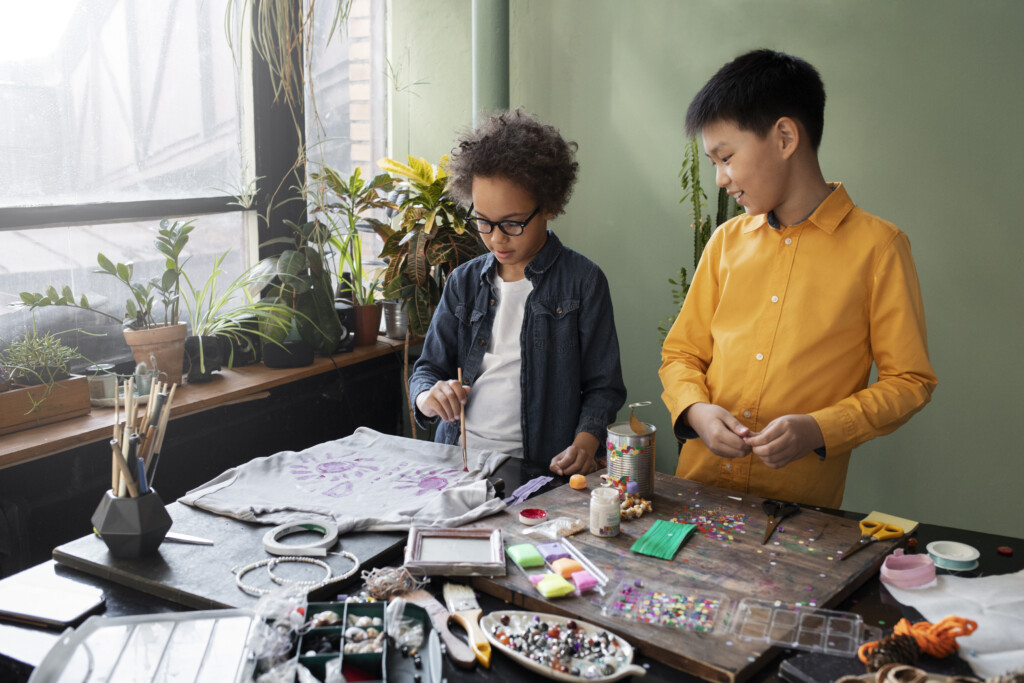
Upcycling isn’t just a trend; it’s an art form that turns everyday objects into functional masterpieces. Among the most versatile items for creative repurposing are glass bottles, which can be transformed into stylish, one-of-a-kind vases with just a few simple steps.
The beauty of this project lies in its simplicity and the endless possibilities for customization. Start by selecting glass bottles of various shapes and sizes. Wine bottles, with their elegant curves, are particularly popular, but any glass bottle can work. Cleaning them thoroughly is crucial to ensure a smooth surface for decoration.
Painting is one of the easiest ways to add life to these bottles. Acrylic paint works best, offering a wide range of colors to match any decor style. You can experiment with different techniques like sponge painting, stenciling, or hand-painting intricate designs for a more personalized touch.
For a more dramatic transformation, cutting the glass bottles allows for a variety of new shapes and designs. This process requires more specialized tools and safety precautions but can result in truly unique creations. The cut edges can be sanded down for safety, and the new open designs allow for a wider range of floral arrangements.
Decorating doesn’t stop at painting or cutting. Embellishing the bottles with ribbons, twine, beads, or even repurposed jewelry adds an extra layer of charm and character. These decorated bottles, now turned into vases, not only serve as beautiful centerpieces but also as a statement of creative recycling and environmental consciousness.
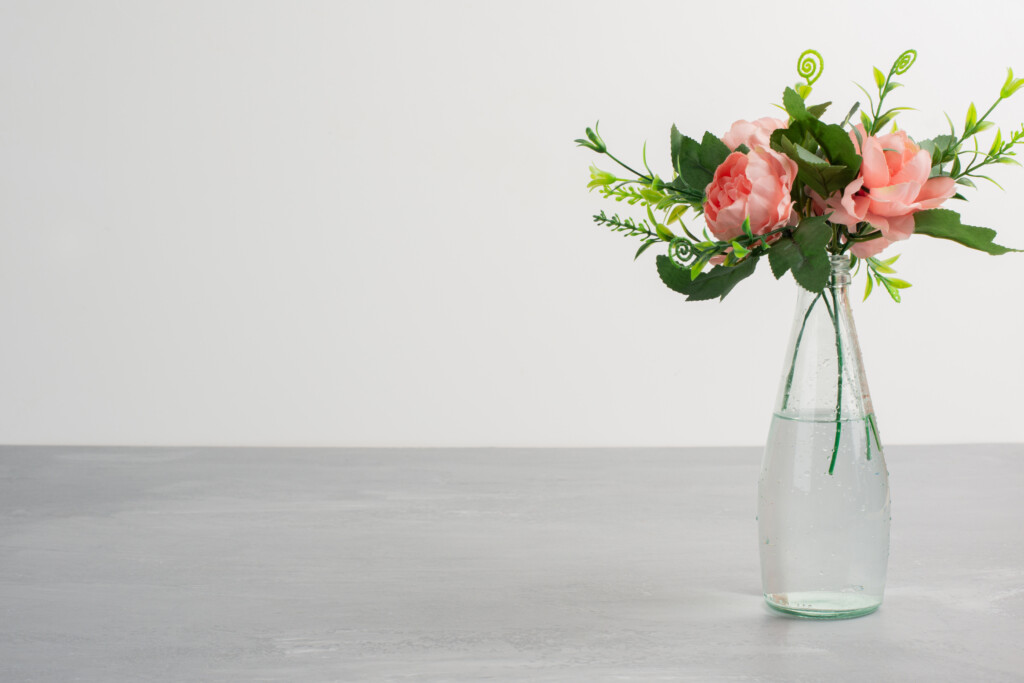
In the pursuit of sustainability, transforming old t-shirts into eco-friendly tote bags is a creative and practical solution. This upcycling project not only gives a new lease of life to unused garments but also significantly cuts down on the consumption of single-use plastic bags.
The process begins with choosing the right t-shirt. Ideally, it should be sturdy and not too worn out. The first step is to lay the t-shirt flat and cut off the sleeves, which will form the tote bag’s handles. The neckline is then cut in a deeper U-shape to create a more open bag top, enhancing its accessibility.
Next, turn the t-shirt inside out and stitch the bottom hem closed. This forms the base of the tote bag. For those without a sewing machine, hand stitching or fabric glue can be equally effective alternatives. To give the bag more structure, one can also sew in a straight line a few inches above the original bottom hem, creating a flat base.
Once the bottom is secured, flip the t-shirt right side out again. The bag is now almost complete. For added durability, reinforce the handle areas with extra stitching or by adding fabric patches.
This process not only curbs waste but also encourages creativity. Each bag becomes a unique fashion statement, showcasing individual styles through the various prints and colors of the t-shirts. These bags are perfect for grocery shopping, running errands, or as a casual accessory, effectively marrying function with environmental responsibility.
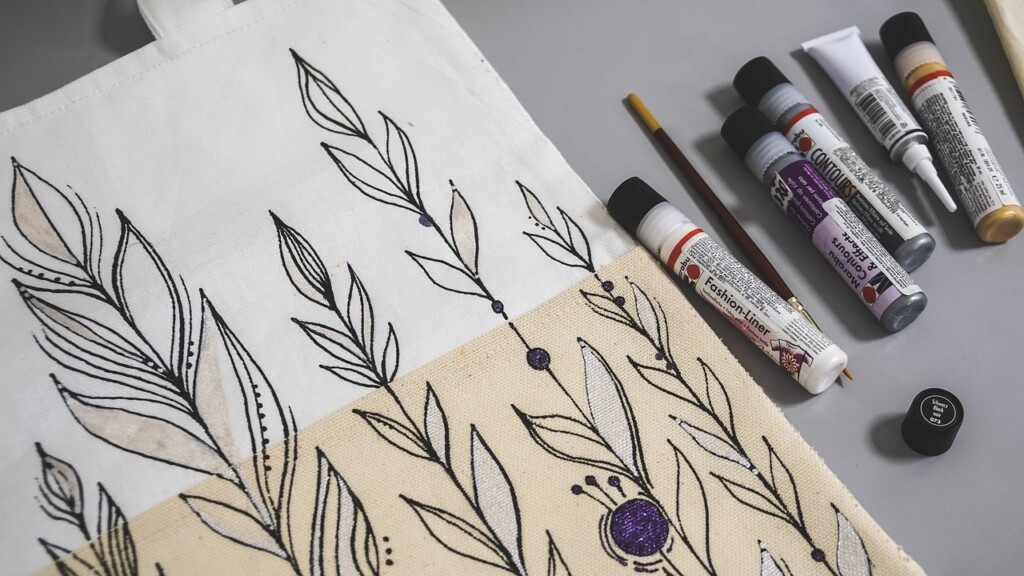
In the realm of eco-friendly gardening, turning used tires into unique planters is an innovative and sustainable approach. This project not only upcycles what would otherwise be waste but also adds a quirky charm to any garden space.
The first step in this transformation is to source a used tire. Old car tires, which are readily available at local garages or junkyards, are perfect for this purpose. Once you have the tire, it should be thoroughly cleaned to remove any dirt and grime. This is crucial for ensuring that the paint adheres well and the planter looks its best.
Next comes the creative part: painting the tire. Using outdoor acrylic paint, you can unleash your creativity. Bright colors or intricate patterns can turn these tires into eye-catching garden features. It’s important to apply a few coats for a vibrant and lasting finish. Let the paint dry completely before moving to the next step.
Finally, the tire is ready to be repurposed as a planter. You can either lay it flat and fill the center with soil or make a more complex design by stacking and securing multiple tires. Once filled with soil and plants, these tire planters not only serve as a functional gardening element but also as a statement of innovative recycling and environmental awareness.

Wooden pallets, often seen as mere transport structures, hold immense potential for creative repurposing. By transforming these sturdy platforms into rustic furniture, you not only embrace sustainable living but also add a unique, handcrafted touch to your space.
Starting this upcycling journey involves sourcing wooden pallets, which are easily available at local warehouses or shipping companies. Ensure they are in good condition and free from any harmful chemicals. Once you have your pallets, the first step is to sand them down. This step is crucial for smoothing out rough edges and preparing the wood for either painting or staining.
For those looking to create a simple yet functional piece, a coffee table is an ideal project. By stacking two or three pallets, securing them together, and adding caster wheels for mobility, you can craft a stylish and practical table. Applying a coat of varnish or paint can further enhance its rustic charm.
Chairs and benches are another great option for pallet furniture. With some cutting and rearrangement, pallets can be turned into comfortable seating. Adding cushions and throw pillows can enhance their comfort and aesthetic appeal.
For storage solutions, pallets can be converted into shelves or bookcases. By disassembling the pallets and using the wood planks, you can create various shelving designs that fit your space and needs. Wall-mounted pallet shelves are perfect for small spaces, offering a chic way to display books or décor items.
Pallet furniture projects not only result in unique, rustic pieces but also demonstrate a commitment to environmental sustainability. With basic tools and a bit of creativity, these versatile wooden structures can be transformed into practical and stylish additions to any home.
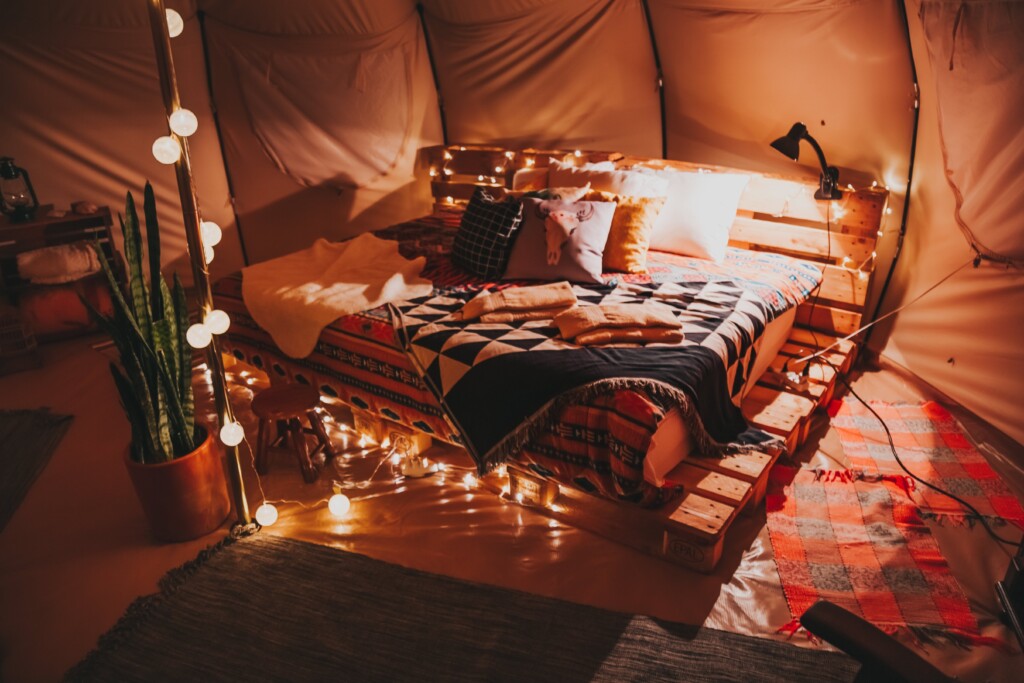
In the world of upcycling, old jeans hold a special place, offering durability and versatility. Imagine transforming these sturdy denims into something as quaint as plant hangers or as utilitarian as aprons. The journey from a pair of well-worn jeans to a chic home or garden accessory is both creative and environmentally conscious.
Let’s start with crafting a denim plant hanger. Picture an old pair of jeans; their seams and rugged texture are perfect for supporting the weight of potted plants. Begin by removing the legs, slicing them into long, even strips, while keeping the seams intact for added strength. These strips, when braided together, form a sturdy rope. Imagine braiding them, feeling the tough fabric weave into a strong cord. This cord, when knotted at intervals, creates a series of loops, each a cradle for a plant pot. The final touch involves hanging this creation, perhaps from a sturdy hook in your balcony, with a green plant nestling snugly within its denim embrace.
Now, envisage crafting a protective apron. The upper part of the jeans, with its pockets and belt loops, forms the base of your apron. Cutting down the side, you unfold the jeans into a flat piece, shaping it into an apron. The pockets, once holding keys and coins, now become handy pouches for gardening tools or kitchen utensils. Using the remaining denim from the legs, create straps for the neck and waist, securing them firmly. This apron, born from the remnants of a beloved garment, now serves as a trusty companion in your culinary adventures or gardening endeavors.
These transformations not only breathe new life into old jeans but also weave a story of creativity and sustainability, turning the ordinary into the extraordinary.
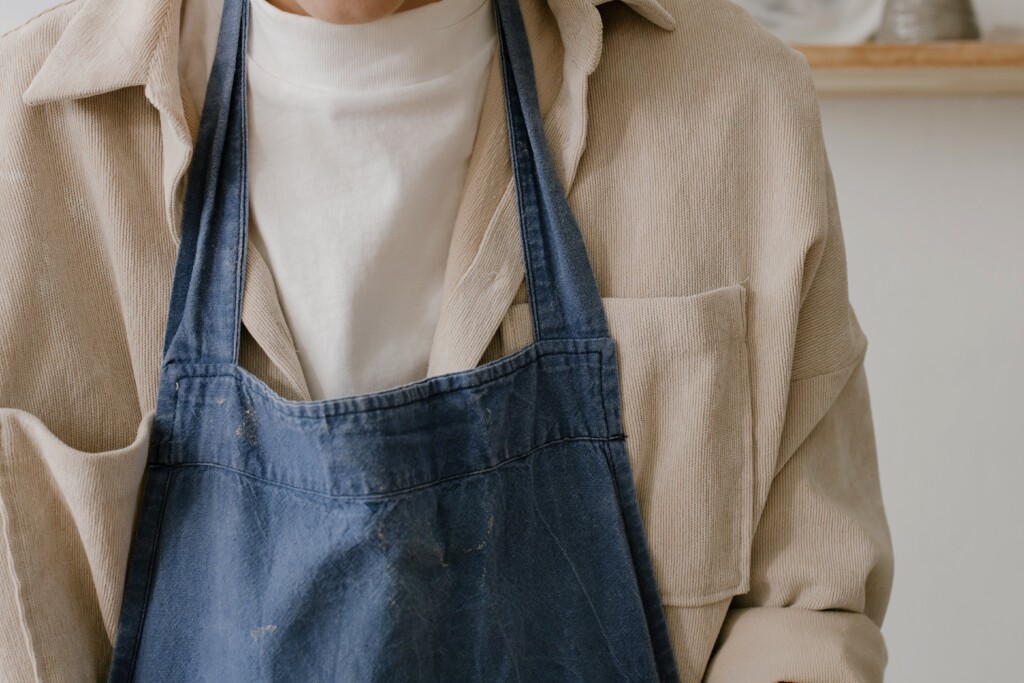
Mason jars, with their simple charm and glass clarity, are not just for preserves. They have evolved into versatile staples for creative storage solutions, particularly in kitchens and bathrooms where space is often at a premium.
Picture walking into a kitchen where the countertops are graced with mason jars of varying sizes, each serving a unique purpose. In one, a collection of colorful pasta shapes becomes a visual feast, not just a culinary ingredient. Another jar might be filled with layers of baking ingredients, presenting a practical yet picturesque baking mix. These jars, with their airtight seals, keep contents fresh while adding an aesthetic of orderly elegance to the kitchen space.
In the bathroom, these jars transform into holders of harmony and tranquility. Imagine small mason jars lined up, each filled with different bath salts, each a hue of pastel, offering both a visual and sensory retreat. Cotton balls and swabs, often strewn about, find a neat home in these transparent jars, providing ease of access while maintaining an organized appearance.
The charm of mason jars can be elevated with simple decoration tips. A ribbon tied around the neck of the jar, perhaps in a color that complements your kitchen tiles or bathroom towels, adds a personal touch. Painting the lids in chalkboard paint allows for labeling and re-labeling of contents, bringing in both functionality and a dash of creativity. For a rustic feel, wrapping the jars in twine or burlap can transform them into quaint pieces that echo a farmhouse vibe.
These mason jars, repurposed into chic storage solutions, not only declutter your space but also add a touch of personalized charm, making the mundane magnificent.
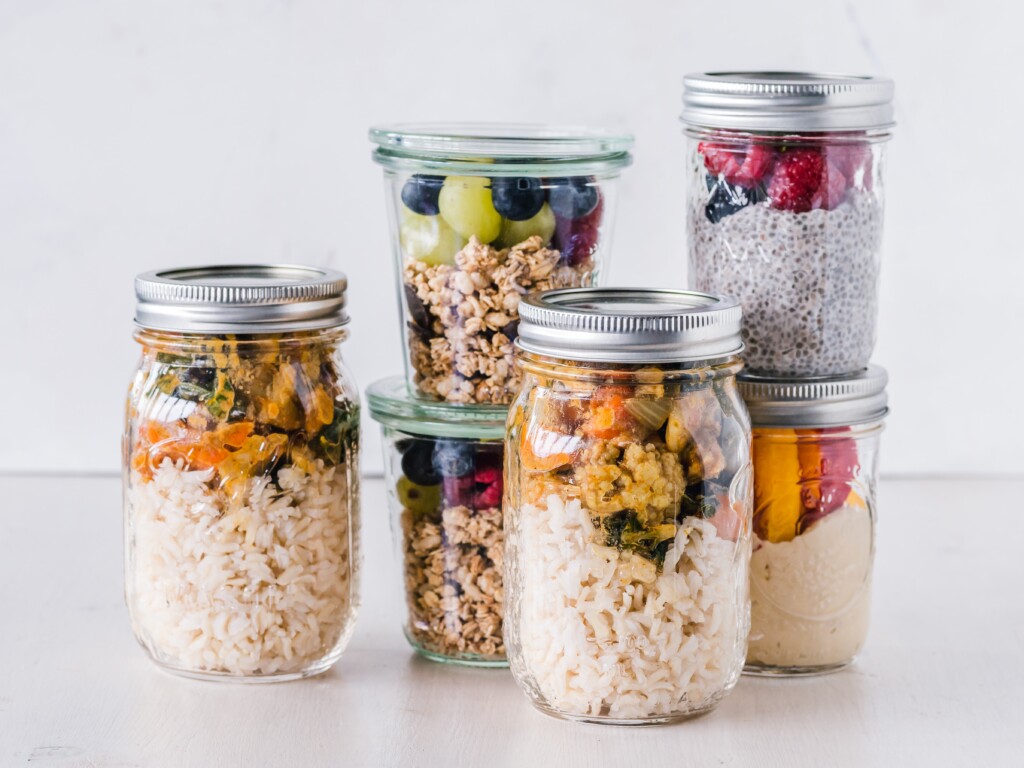
In the corners of many homes lie old, forgotten books, their stories gathering dust. Yet, these books hold a potential for a new narrative – transforming into unique and artistic picture frames. This creative endeavor breathes new life into old pages, turning them into showcases for cherished memories.
Begin by selecting a hardcover book, preferably one with an eye-catching or vintage cover. The size of the book will dictate the size of your picture frame, so choose accordingly. Gently remove the pages from the binding, preserving the hardcover intact. This cover now serves as the base of your frame.
Next, carefully mark and cut out a rectangle or square in the center of the cover, creating a space for your photo. This step requires precision to ensure a clean, even cut. The removed section reveals a window where your chosen picture will be displayed.
Now, secure a piece of clear plastic or glass over the opening on the inside cover, providing a protective layer for the photo. Behind this, place your photograph, ensuring it’s centered in the window. To hold the photo in place, you can use simple cardboard backing or the book’s original pages, trimmed to size.
Finally, add a stand or a wall-mounting fixture to the back of the book cover. This transforms the book into a standing frame for shelves or a hanging piece for walls.
This upcycling project not only gives a second life to old books but also creates a unique and personalized way to display photos, marrying literary charm with visual memories.
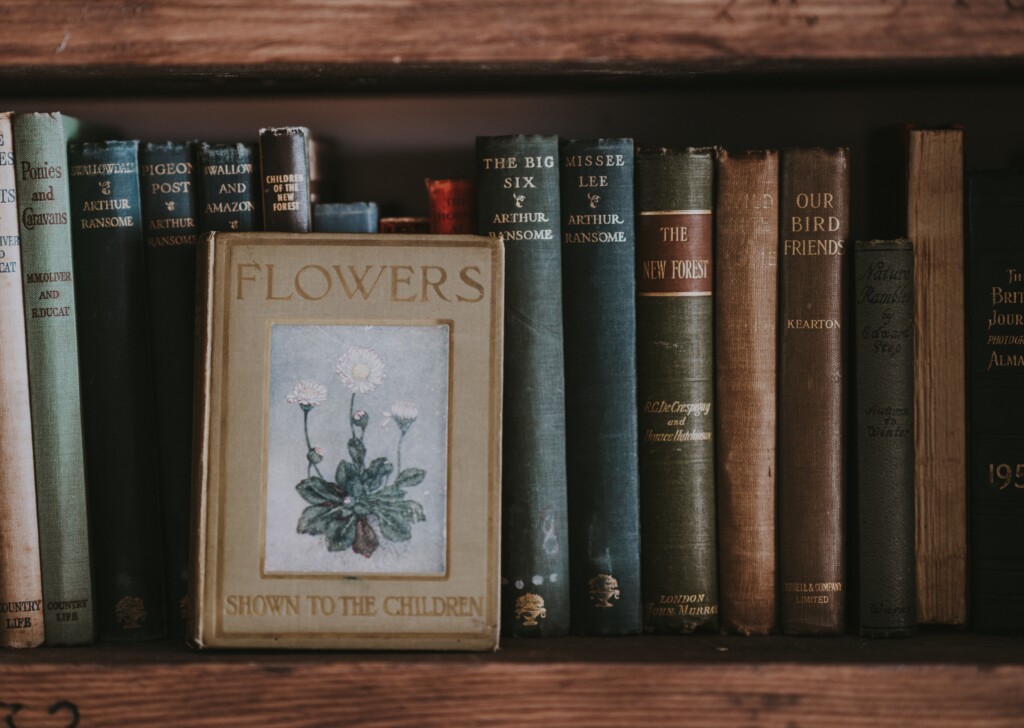
In the age of streaming, CD cases often find themselves relics of a bygone era. Yet, these clear, compact cases offer a unique opportunity for an innovative DIY project: a vertical garden perfect for small spaces.
The first step in this green endeavor is gathering a number of old CD cases. These cases will serve as individual plant pods in your vertical garden. Begin by removing any paper inserts and cleaning the cases thoroughly to ensure they are clear and free from dust.
Next, convert each case into a mini greenhouse. Open the case and line the inside with a thin layer of potting soil. Select small plants or seeds suitable for a compact space – herbs like basil or cilantro, or small flowers like pansies, work wonderfully. Gently place your plants or seeds into the soil, then close the case. The clear front of the CD case allows sunlight to reach the plant while retaining moisture, creating an ideal growing environment.
The real creativity comes in assembling these cases into a vertical garden. Using a strong glue or adhesive strips, attach each case to a backing board in a grid pattern. The board can be made from wood, acrylic, or any sturdy material. Ensure there’s enough space between each case for the plants to grow and be easily accessible for watering and care.
Mount this board on a sunny wall, indoors or outdoors. The vertical arrangement not only saves space but also adds an artistic, modern touch to your area. Water the plants by opening the cases slightly, ensuring they receive just enough moisture.
This vertical garden project repurposes CD cases in a delightful way, turning them into a wall of greenery that brings life and freshness to any small space.

In the world of DIY and upcycling, metal cans hold a special place for their versatility and robustness. One of the most striking ways to repurpose these everyday items is by transforming them into stylish and industrial-looking lighting fixtures, blending rustic charm with modern design.
The journey of a metal can to a chic lighting fixture starts with a thorough cleaning. Remove any labels and ensure the can is free of residue and completely dry. This preparatory step is crucial for both safety and aesthetics.
Next, the can is ready for its artistic makeover. Drill or punch holes into the can in a pattern of your choice. This could be a geometric design, a random scattering of stars, or even an intricate silhouette. The holes not only serve as decorative elements but also as conduits for light, casting mesmerizing patterns on the walls when the fixture is lit.
For a sleek look, paint the can in a color that complements your décor. Matte black offers a classic industrial feel, while metallic hues can add a touch of modern elegance.
Finally, fit a light bulb socket inside the can and secure it safely. Depending on the desired style, you can hang these cans from the ceiling, mount them on walls, or even place them on tables with a base. When the light filters through the patterned holes, these cans-turned-lighting fixtures create an ambiance that is both cozy and chic, adding a unique character to any space.
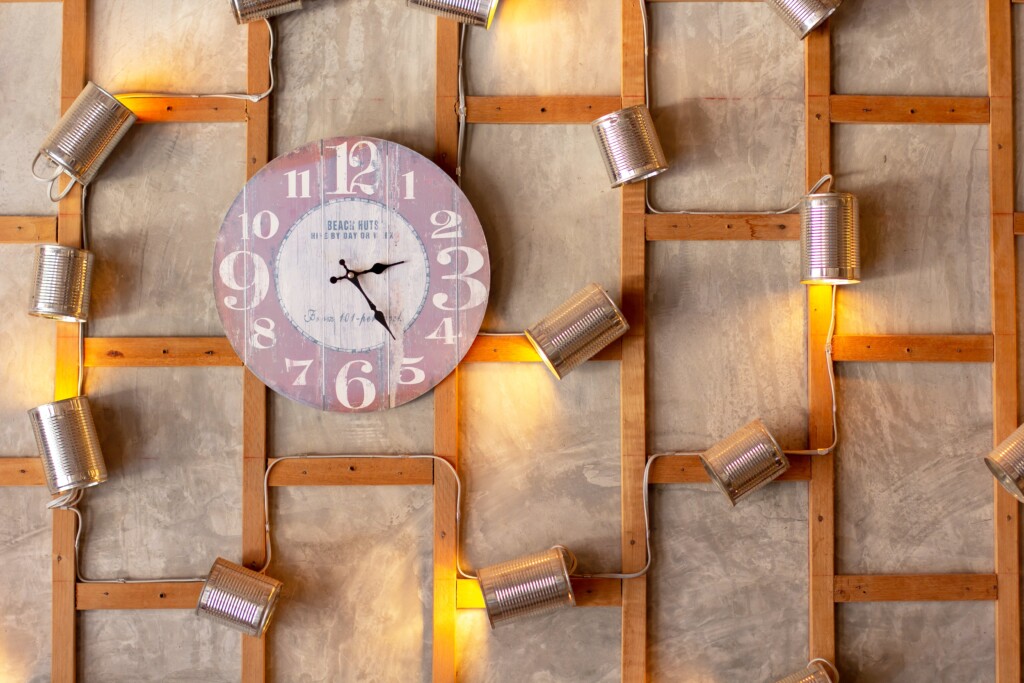
In an era where sustainability is more crucial than ever, upcycling emerges not just as a creative endeavor, but as a vital practice in our collective effort to save the planet from the overwhelming problem of waste. Through upcycling, we take direct action in reducing the amount of waste that ends up in landfills, oceans, and other natural environments. This practice plays a pivotal role in addressing the global waste crisis and lessening our environmental impact.
Each upcycling project, from repurposing denim into aprons to transforming metal cans into lighting fixtures, goes beyond mere creativity. It’s a testament to our ability to innovate and find value in what is often overlooked. By extending the life of materials, upcycling significantly decreases the demand for new resources. This reduction is critical, as it not only conserves precious raw materials but also reduces the energy expenditure and pollution associated with manufacturing and disposal processes.
Moreover, upcycling helps mitigate the escalating issue of overconsumption. In a world where mass production and a ‘throw-away’ culture are prevalent, upcycling encourages a more mindful and responsible approach to consumption. It invites us to rethink our buying habits and opt for sustainable practices that contribute to a healthier planet.
As we conclude, we urge our readers to consider the power of upcycling. By embracing this practice, you contribute to a sustainable future, one where creativity and environmental responsibility go hand in hand. Let your upcycling endeavors be your contribution to a greener, cleaner world, inspiring others to join in this crucial movement towards waste reduction and environmental conservation.
Stay a while and read more posts like this
Let’s devote a few minutes to envision our world in 2100. It’s quite a thought experiment, given the dramatic transformations our planet has experienced in...
With climate change looming large, the world is embarking on a quest for solutions to heal our ailing planet. Solar geoengineering emerges as a burgeoning field,...
Taking on parenthood comes with unique choices that factor in more than just our family’s immediate needs. For modern parents, who are not just guardians of...